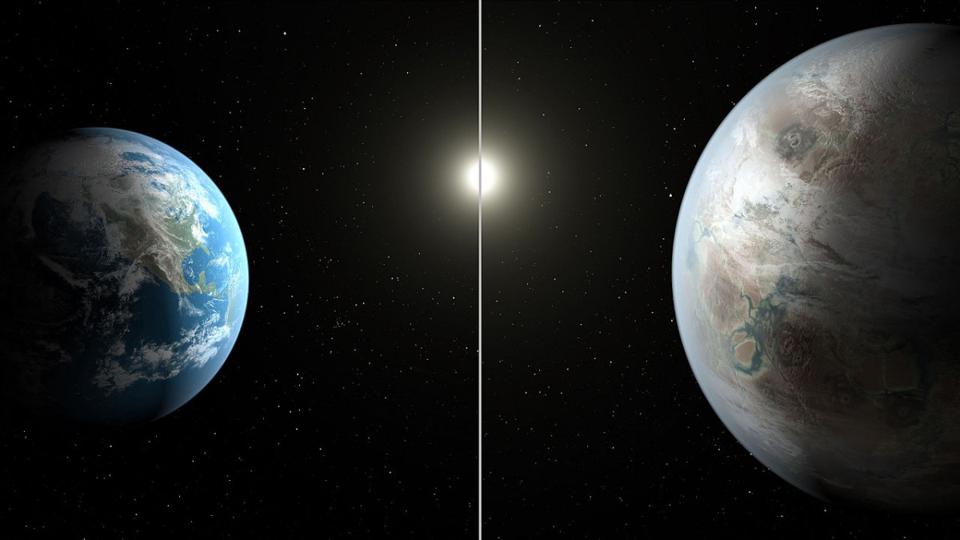
Exoplanet Kepler-452b (right) compared to Earth (left). It makes sense to study Earth-like planets. But it may turn out that they will not be the most likely candidates for the detection of life in our Galaxy or in the Universe in general.
One of the most exciting goals that humanity has set for itself is to find extraterrestrial life. Biological activity that has appeared and does not stop on some world outside the Earth. This opportunity is not only fueled by our imaginations. We have plenty of indirect evidence for other potential places where life could appear. Appear as a result of processes similar to those that took place in the past of the Earth. When we compare existing conditions with what we believe life requires, the assumptions make sense.
Talking about how many "potentially habitable" planets there can be - in the solar system, in the Milky Way, in the local group of galaxies , or even in the observable universe - is an interesting activity. However, one must honestly describe the assumptions used to derive these estimates. All of them reflect our ignorance, and the most unpleasant fact that cannot be ignored: the only place in the entire Universe where we know with certainty about the appearance of life is our planet. Everything else is just guesswork. To be completely honest with ourselves, we have to admit that we have no idea what makes the planets "potentially habitable."
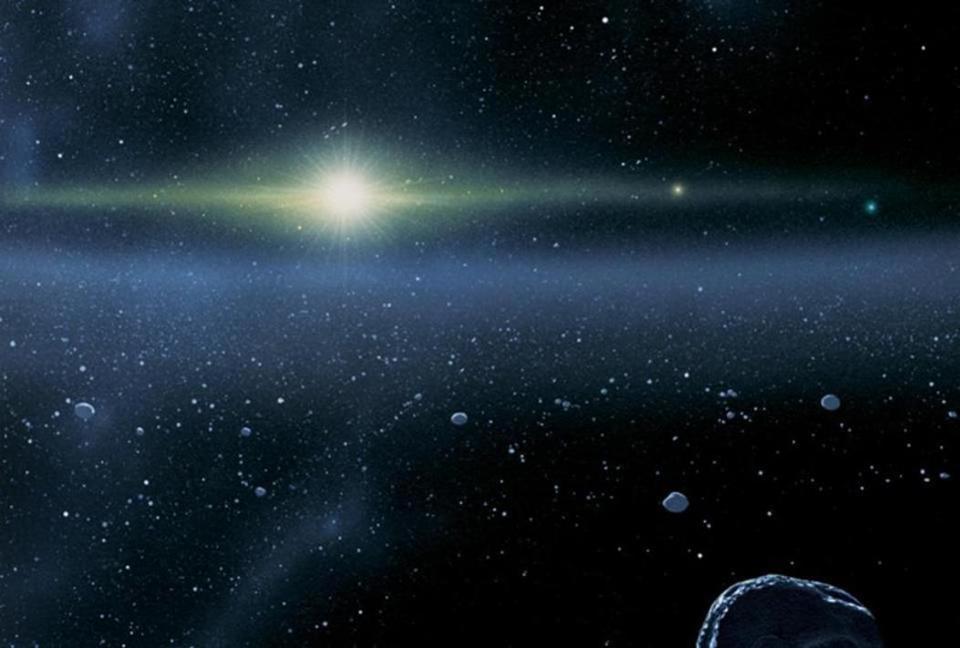
Illustration of a young solar system at the end of the protoplanetary disk formation phase. While we now believe we understand how the sun and solar system formed, this early view is just an illustration. Today we can only observe survivors. In the early stages of the formation of celestial bodies, there were much more.
If we knew absolutely nothing about the Universe, except that we live on planet Earth, and that life exists here, we would still have the right to assume that there may still be somewhere out there, far away. After all, in the end:
- We live in a naturally formed world.
- It is made up of simple ingredients - atoms, molecules, etc. - formed in a natural way.
- It orbits a star, radiating energy in a relatively stable manner for billions of years.
- Life on our planet was formed no later than several hundred million years after the formation of the Earth itself.
It is quite reasonable to assume that there is a natural explanation for the appearance of life in our world. Then, if on other worlds there will be the same friendly conditions for life that were on Earth in the early stages, then, perhaps, life could also appear on these worlds. If the rules governing the Universe are the same everywhere, then we only need to discover and define worlds where the same processes took place that gave rise to life on Earth. And perhaps the exploration of these "potentially inhabited" worlds will allow us to discover life there as well.
The tree of life illustrates the evolution and development of various organisms on Earth. Although we all descended from a common ancestor who lived more than 2 billion years ago, the diversity of life forms came about through chaotic processes. They will not repeat exactly, even if we rewind the clock many times and start it again.
This is, of course, easier said than done. Why? Here we meet the first great unknown: we do not know how life came into being. Even if you look at the totality of today's scientific knowledge, there is a gap in its most important place. We know how stars form, how solar systems and planets form. We know how the nuclei of atoms are formed, how they merge in the bowels of stars, creating heavy elements, and how these elements are processed in the Universe, participating in complex chemistry.
And we know how chemistry works: atoms bind naturally, producing molecules in a wide variety of configurations. We find these complex molecules throughout the universe, from the insides of meteorites to the ejections of young stars, from clouds of interstellar gas to protoplanetary disks that are in the process of planet formation.
With all this, we do not know how to go from complex inorganic chemistry to a real biological organism. Simply put, we do not know how to make life out of unlife.

Chao He explains how PHAZER works, a camera for simulating various atmospheric conditions installed in Horst's laboratory at Johns Hopkins University. Organic molecules and O 2 have been created in inorganic processes, but no one has ever created life from unlife.
And in this case, I am not exaggerating when I say that "we do not know." Despite:
- searches for biological activity on other planets of the solar system, taking place at the limit of our capabilities;
- spectroscopic images of the atmospheres of all exoplanets that we can only shoot;
- direct filming of various exoplanets due to the decomposition of the light coming from them;
- attempts to synthesize life from non-life in the laboratory;
- looking for signs of technology in potentially intelligent civilizations wherever we can look;
we do not have a single piece of evidence for the existence of life on any planet other than Earth. Despite all the indirect signs we have collected to support the possibility of life emerging in myriad different places, there is compelling evidence for the existence of life only for the Earth, and where we sent life from Earth.
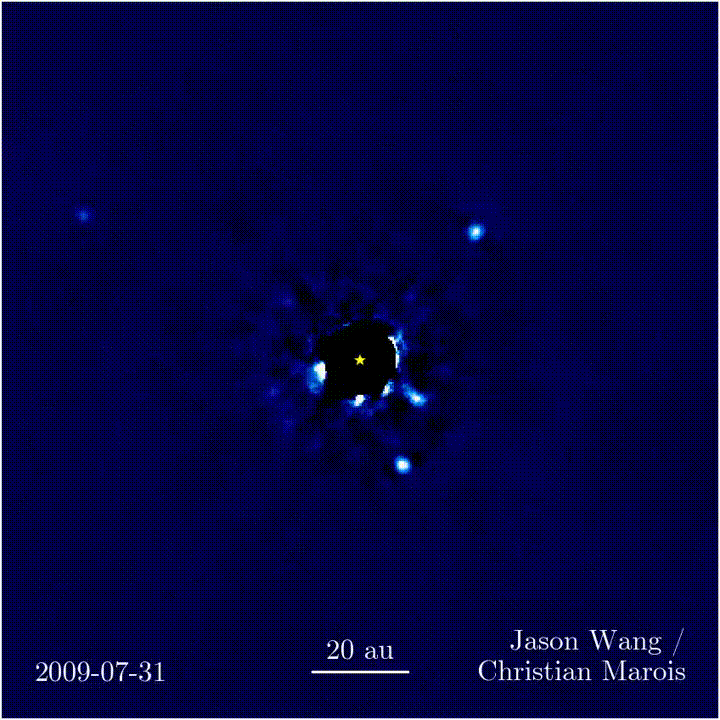
There are four confirmed exoplanets around HR 8799, all of which are more massive than Jupiter. All of them were discovered by direct observation over a period of seven years, and obey the same laws of planetary motion as the planets of the solar system - Kepler's laws.
This is not to say that we do not know anything about the possibilities for the existence of life in other places. We know a lot, and with each new piece of information we learn more and more. We, for example, know how to measure, count, and categorize the stars in our vicinity, in our Galaxy, and even throughout the universe. We learned that Sun-like stars are common, and that 15-20% of all stars have temperatures, brightness, and lifetimes comparable to those of our Sun.
Interestingly, about 75-80% of stars are red dwarfs. Their temperature and brightness are lower than solar ones, and their lifetime is much longer. These systems differ in many important ways from ours: the orbits are shorter; planets must be in tidal capture; stellar flares are not uncommon; stars emit a disproportionate amount of ionizing radiation. However, we have no way of assessing whether their planets are as habitable (or less, or more habitable) than planets orbiting stars similar to the Sun. In the absence of evidence, no clear conclusions can be drawn.
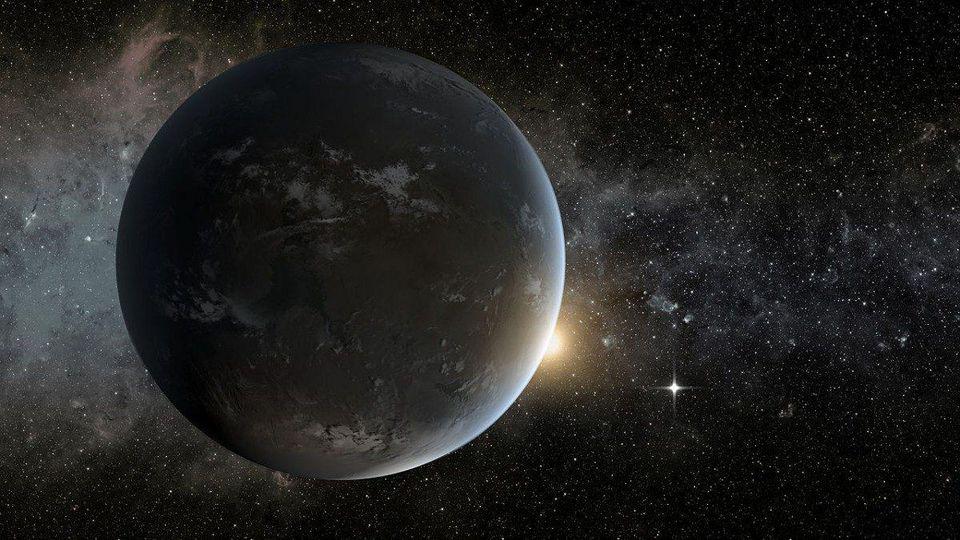
An artist's illustration of a potentially habitable exoplanet orbiting a sun-like star. Outside the Earth, we have yet to find the first inhabited world. The TESS project compiles for us a list of the most likely, first candidates for this title.
What about the lessons we've learned from our solar system? Maybe Earth and a unique world among those in our cosmic courtyard - the only planet apparently covered with life - but perhaps not the only world where life once was or is still flourishing today.
The surface of Mars probably had liquid water for a billion years before it froze - could life have flourished on it in the ancient history of the solar system? Can she survive in underground reservoirs today?
Venus could have had a more moderate past, and liquid water could have been present on its surface for quite some time. Could she give birth to life, and could life survive in the Venusian clouds, where conditions are more similar to Earth's?
What about the oceans below the surface of ice-covered worlds heated by tidal forces - Enceladus, Europa, Triton, Pluto? What about worlds that have liquid methane on their surface instead of liquid water, like Titan? What about large worlds with the potential for underground water like Ganymede?
Until we thoroughly explore these nearby worlds, we must admit our ignorance: we do not even know how populated the solar system is.
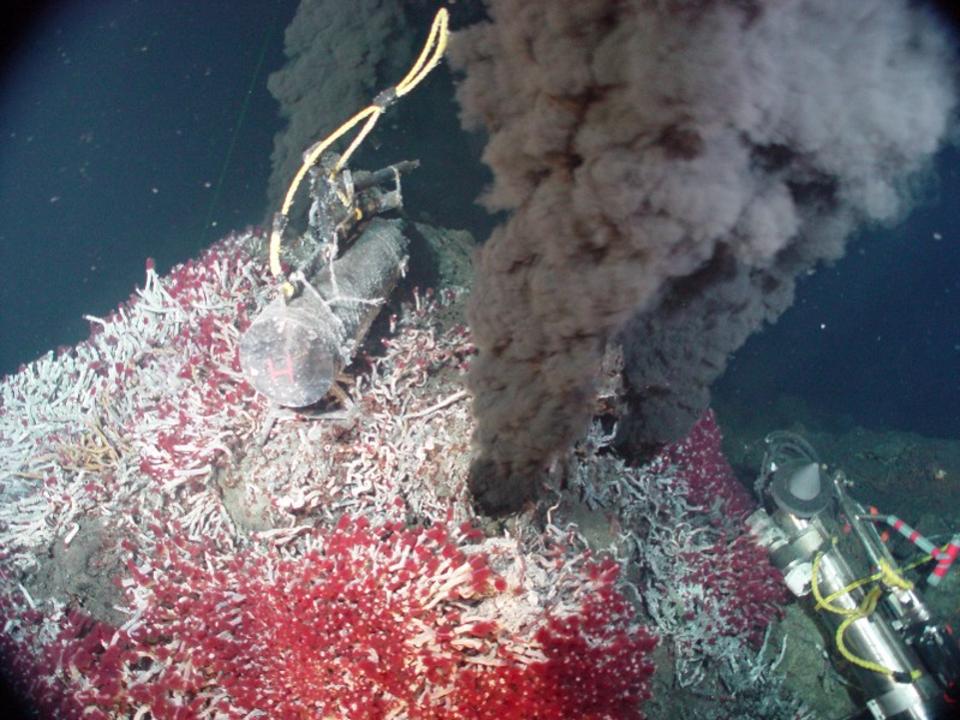
Deep under water, where light is lacking, life flourishes around the Earth's hydrothermal vents. One of the greatest unresolved questions in science today is how to create life out of unlife. But if life can exist there, then perhaps life also exists at the bottom of the seas of Europe or Enceladus. The scientific answer to this riddle will help to provide data in greater quantity and better quality, which experts are likely to collect and analyze.
How about life existing or originating in interstellar space? To many, this idea will seem far-fetched, however, by tracing the history of life on Earth, we will see how complex it has become since its inception. Life today consists of tens of thousands of base-paired nucleic acids that encode information.
And at the same time, if you look at the basic ingredients that we find throughout the universe, then among them there are not only simple inert molecules. We find organic molecules there, such as sugars, amino acids, ethyl formates : molecules that give the smell of raspberries. We find complex carbon molecules - polycyclic aromatic hydrocarbons .
We even found more naturally occurring amino acids than they are involved in the life processes on Earth. We have only 20 active amino acids, and they all have the same chirality . But in only one Murchison meteoritefound about 80 unique amino acids, some of which are "left-handed", and some are "right-handed". Despite the successes of life on Earth, we simply do not know if other ways of life development are possible, and how much more or less likely they are.
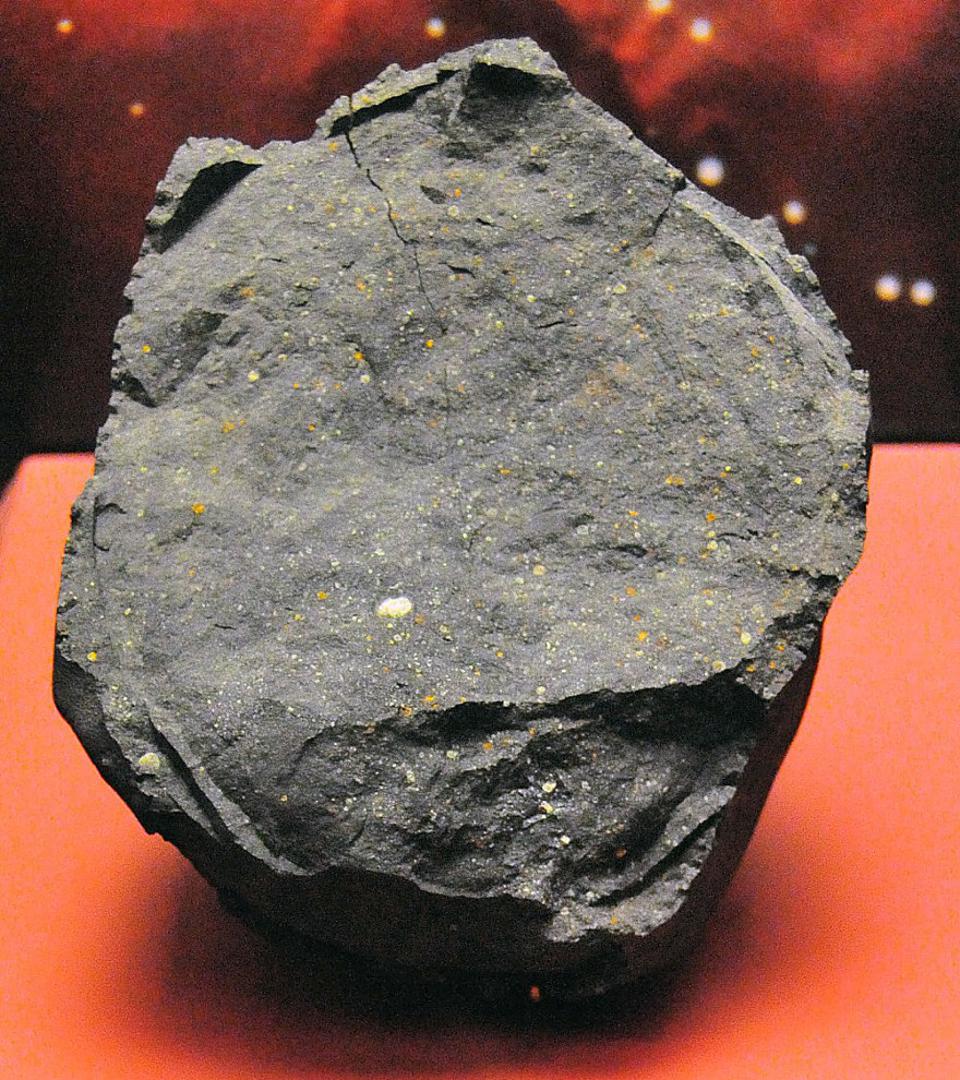
In the Murchison meteorite, which fell on Australia in the 20th century, they found a large number of amino acids that are not found in our nature. The fact that more than 80 unique amino acids can be found in an ordinary space stone suggests that other ingredients of life, or even life itself, could have formed somewhere in the universe. Perhaps even on a planet without a parent star.
What about our inner circle? Will there be a greater likelihood of the emergence and prosperity of life in star systems, where the percentage of heavy elements is higher (or lower)? What about a gas giant like Jupiter located in the snow line - is it good, bad, or not affecting anything? What about our location within the galaxy - special or common? We do not even know by what criteria it is worth looking for suitable candidates for the presence of life among ~ 400 billion stars in our Galaxy.
And still, there are always statements similar to the one that went viral a few weeks ago - that there are 300 million potentially habitable planets in the Milky Way galaxy.... Such claims have been made before, and will be made many more times, until we have the next meaningful anchor point in the data: planets outside the Earth, on which we find convincing and reliable signs of the presence of a biosphere (or at least a hint of its presence). Until then, all such headlines should be viewed with the utmost skepticism, since we know very little about planetary habitability in order to even discuss the meaning of the words “potentially habitable”.
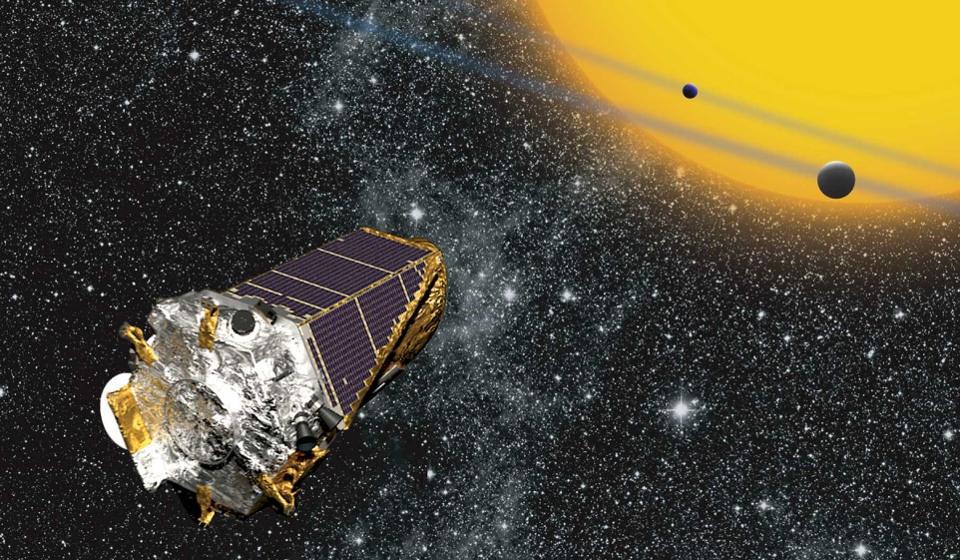
If space telescopes like Kepler or TESS take a long look at different stars, they can detect periodic fluctuations in luminosity. Subsequent observations can confirm they have planets, and all the data together allows us to reconstruct their masses, radii and orbital parameters.
And I am not at all belittling the incredible progress we have made in exoplanet studies. Thanks to a combination of telescopes like Kepler or TESS, which are supersensitive to periodic changes in star brightness, and large ground-based telescopes that can measure periodic shifts of spectral lines in the light of stars, we have already found thousands of confirmed planets in other stars. In particular, in the best cases, we can calculate the mass and radius of both the planet and the star, as well as the temperature of the star and the orbital period of the planet.
This allows us to speculate about what the temperature of the planet's surface would be if it has an atmosphere similar to Earth's. All of this may sound reasonable, like trying to equate "potential habitability" with "its temperature is such that there can be liquid water on the surface," but this claim rests on a bunch of assumptions based on shaky evidence. In fact, we just need to get better quality data before making meaningful conclusions about habitability.
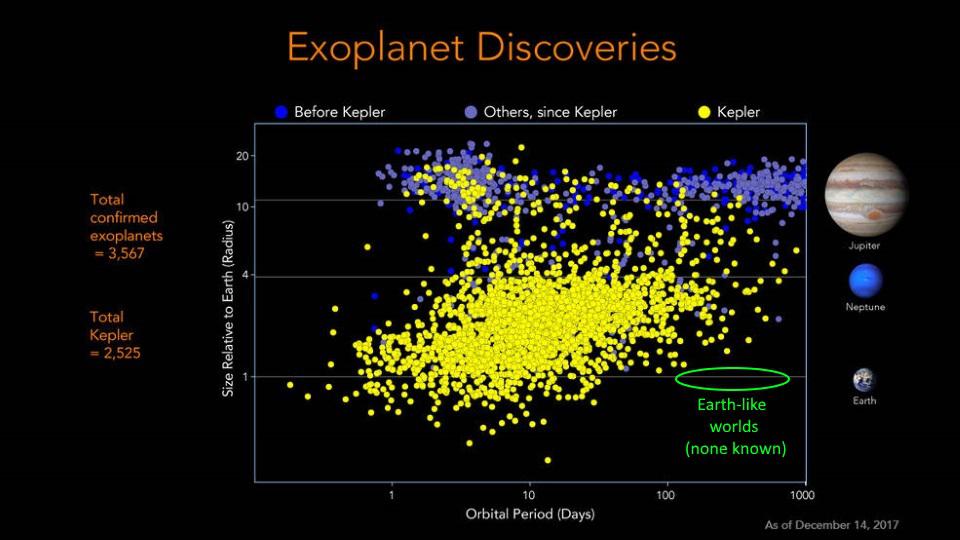
4000 , 2500 , . . , - , . TESS : , . (, ) ( ). , , .
In our quest for life beyond Earth, it is important to remain both honest about the current state of affairs and open to whatever we may discover in the future. We know that life appeared on Earth quite early, and has survived and flourished since then. We know that if we look for planets with similar histories, properties and conditions, we are likely to find nearby planets with similar success rates. This is a conservative and eminently sensible way to search.
However, such thinking is inherently limited. We do not know if the appearance of life on other worlds with different history, properties and conditions will not be just as (or even more) likely. We do not know how these probabilities are distributed among the myriad planets of the universe. And we don't know what the odds are of a complex, diverse, macroscopic, or even intelligent life after life can take root. There is every reason to believe that life also exists in other places in the Universe, and there is a strong motivation to search for it. But until we have a better understanding of where life is and where it is not, we have no way of assessing how many "potentially inhabited" worlds can exist.